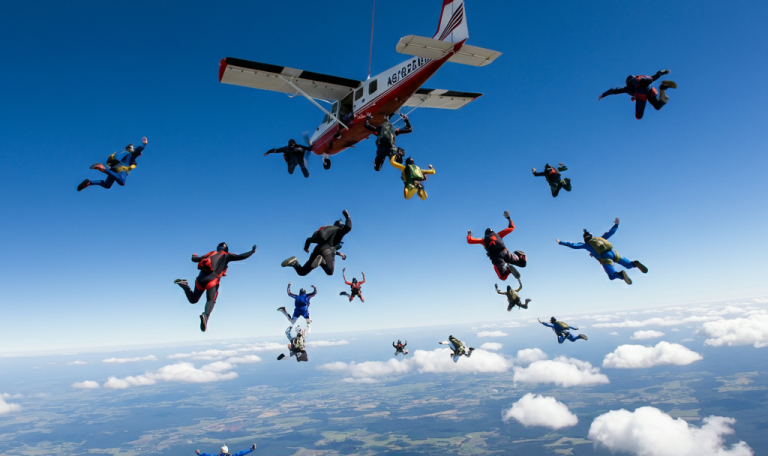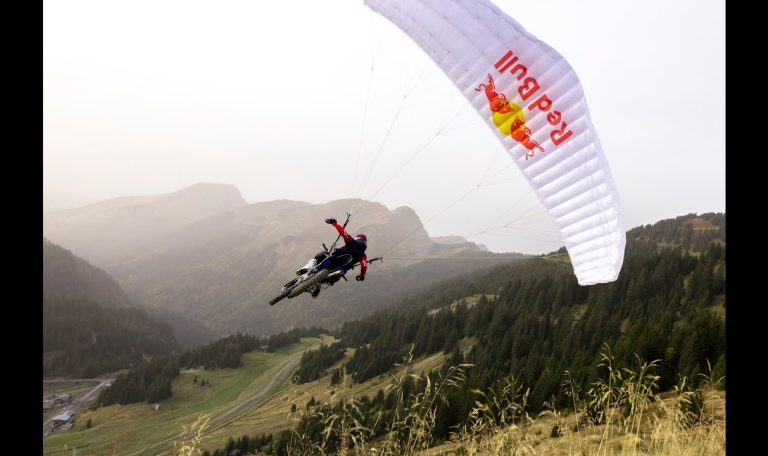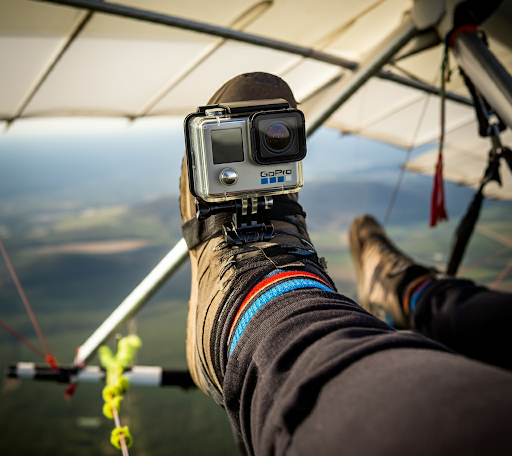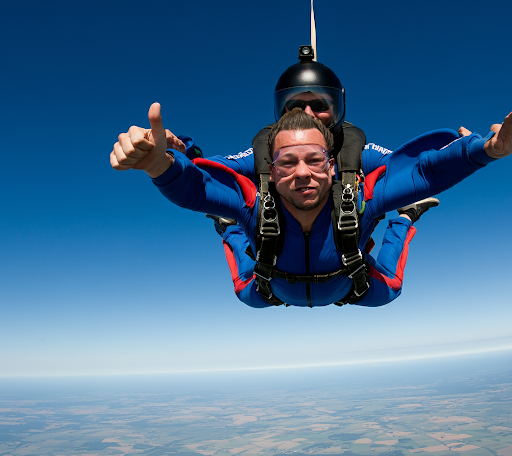A jet-powered hang glider utilizes a small jet engine mounted on the back of the pilot to provide the necessary thrust for flight. Compared to unpowered hang gliders, they can fly faster and in lighter winds, making them a popular choice for pilots seeking to fly under diverse conditions.
Typically, these gliders are constructed using lightweight materials like carbon fiber and aluminum, with the wing made from lightweight fabric. The pilot is seated in a harness attached to the wing, and the controls resemble those of a regular hang glider.
To operate a jet-powered hang glider, the pilot must start the engine and use the controls to take off and fly in any desired direction. These gliders can attain up to 100 mph speeds and remain airborne for up to two hours with a single fuel tank.
While jet-powered hang gliders offer an exciting way to experience flight, they also have drawbacks. They can be costly to purchase and maintain, require proper flying techniques to avoid accidents, and demand a certain level of physical fitness to operate.
Therefore, it is essential to take lessons from a qualified instructor to learn how to fly these aircraft safely and effectively. Overall, jet-powered hang gliders present a unique way to see the world and experience the thrill of flying.











